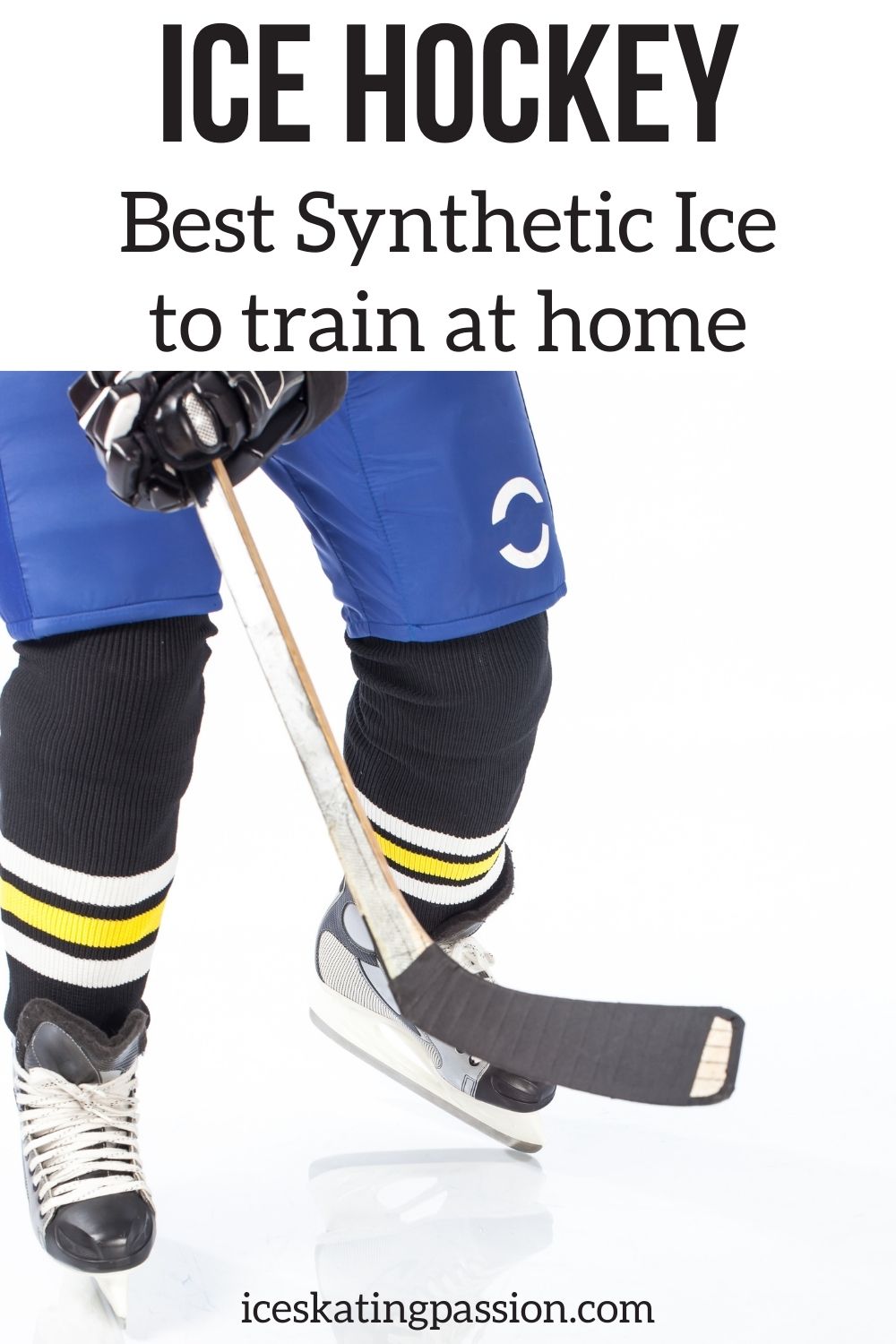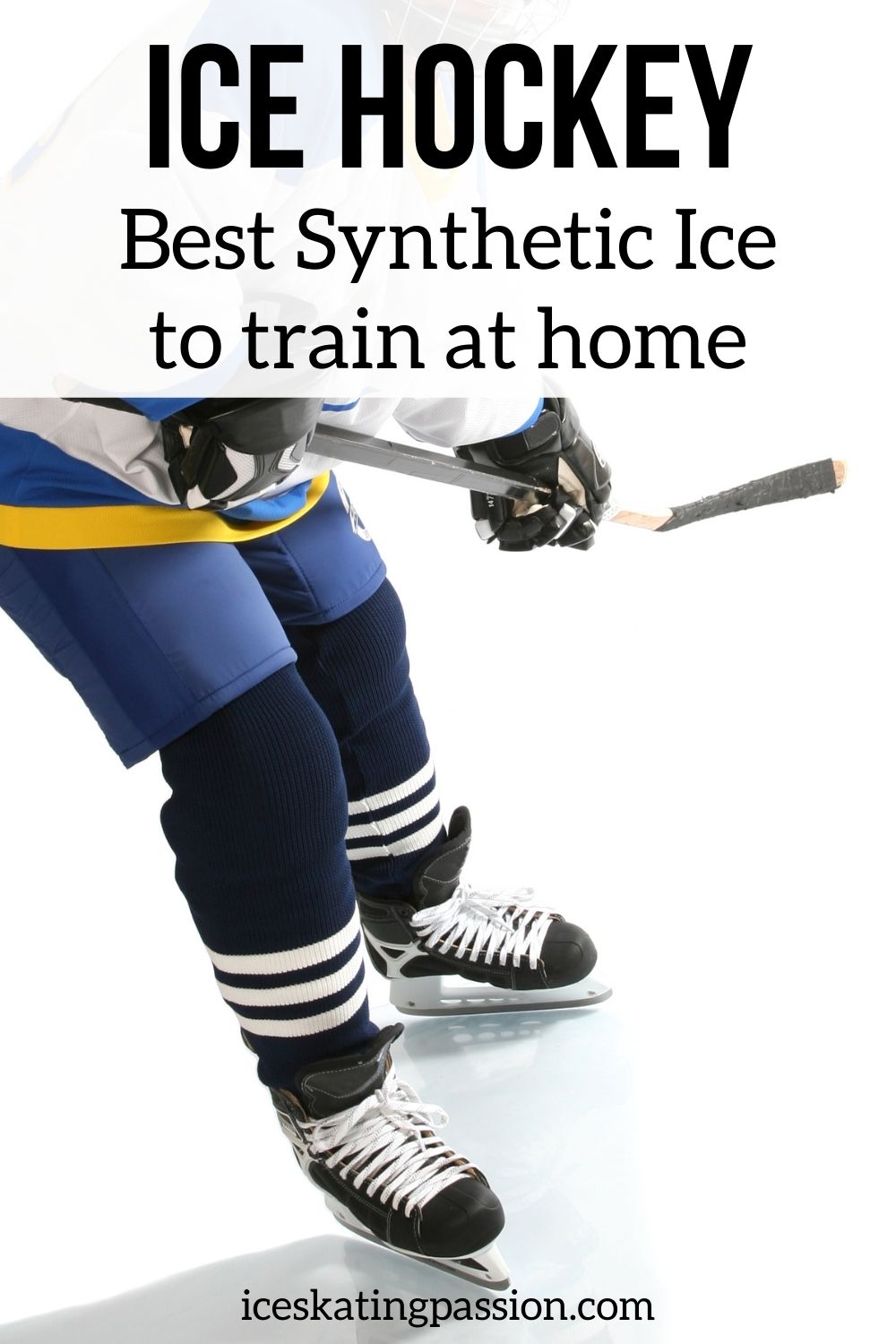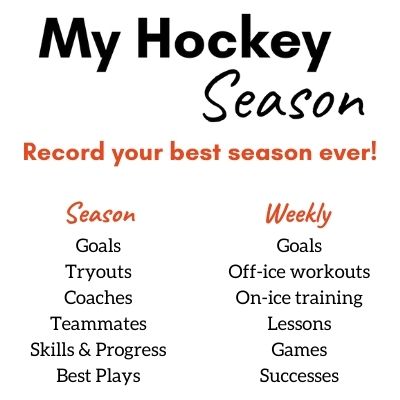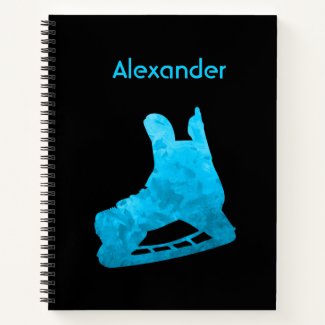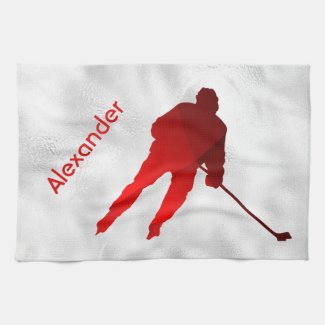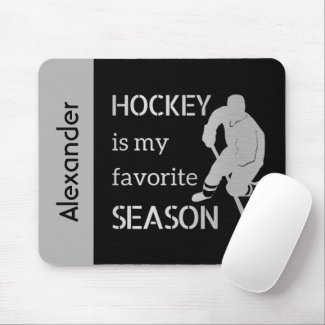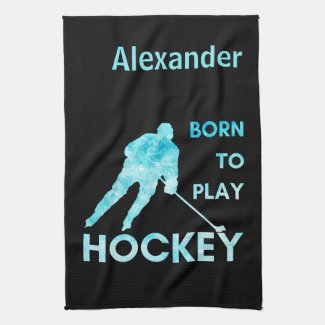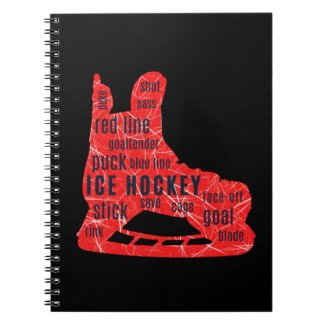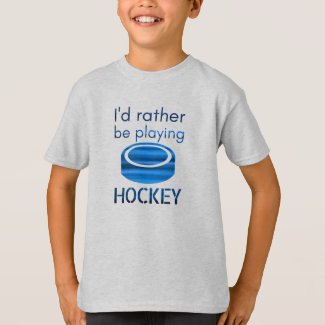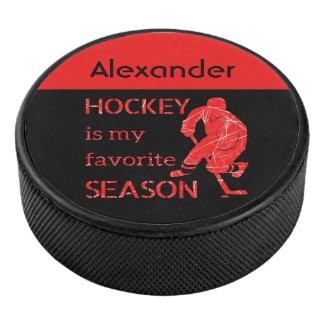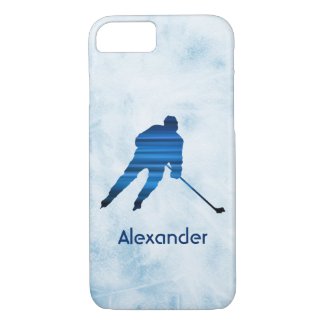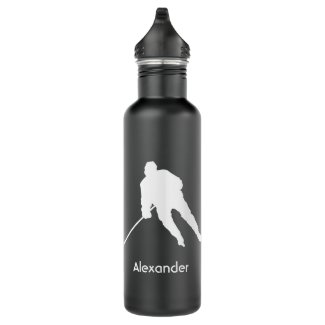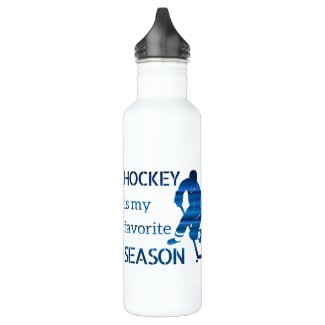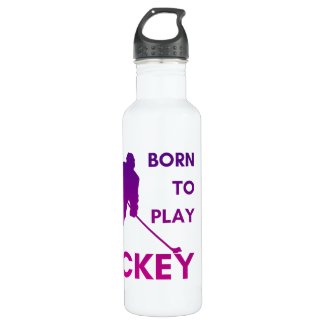Time at the rink is limited. It always feels too short! Especially when you want to repeat movements to reach mastery.
So why not have your own rink in your basement, garage or backyard.
Below is all you need to know about the best synthetic ice for hockey practice and the tips to help you choose the best option for you.
This article only covers the skatable synthetic ice - Don't mix up with shooting tiles and pads - see this article for those products.
Note - if you are looking for the best synthetic ice for figure skating, head to this other article.

This article may contain affiliate links (info on the Disclosure page). If you purchase using my link, I get a commission at no extra cost to you.
Best synthetic ice for hockey practice - summary
Essential to know
First of all, let's be honest.
There are a few things I want you to consider before buying synthetic ice.
- This article only includes tiles you can skate on (no stickhandling pads) - don't make the mistake when buying a product (a lot of tiles cannot be skated on)
- It is not exactly like ice. It takes a little bit to get used to it. But synthetic ice is as close as you can get to ice skating anywhere (85 to 90% there). And it is great to practice specific points when you don't have access to an ice rink.
- Don't be thrown off by the first few minutes. It gets better as you skate on them.
- You MUST be aware that blades will need sharpening more often!
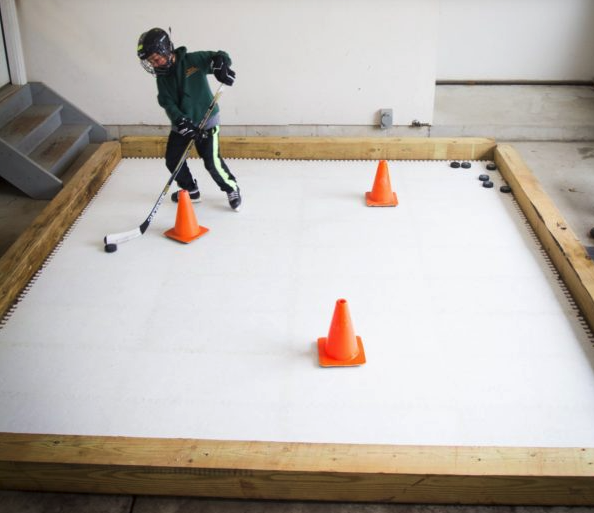
Skate Anytime Tiles
- Many companies state they are the #1 or the leader, it is quite funny - the truth is that most of them are pretty much equivalent. Some say this one glides better; others say this other one. I saw one influencer say in 2 videos that a different brand was the best synthetic ice; it depends on who was paying that week. The truth is that it is extremely difficult to compare as it depends on the surface under it, the environment, the skates, the players, what is being done...
- To keep up with the truth, I have not tested all of them myself. Not possible. But I have done many many days of research, to compile the information in this this article. I hope it will help.
- Yes, these tiles are quite an investment but that they can last for years
Criteria to consider
I am entering into more details further in the article, but here are the main factors to consider when looking at the "fake ice" tiles for hockey practice:
- Friction coefficient (how does it glide)
- How much shaving is created by skating on them (although the only downside, is that you have to clean more)
- Thickness
- Interlocking system between tiles
- Double-sided or single-sided
- Warranty
- Price
Category | Editor'S choice | Review |
|---|---|---|
Lower price range | Great for hockey skills training | |
Higher price range | Better glide and less shaving Review after the FAQs and criteria |
#1 - Best synthetic ice for hockey - Lower price range: Skate Anytime
- Product: Skate Anytime synthetic ice
- Pros: Good price for quality, easy to set up and remove, 5)-year warranty, easy to add tiles later on
- Full review after the FAQs and criteria
See various size packages and their prices
(and you can also read customer reviews on Amazon)
Skate Anytime Demo Video
#1 bis - Alternatives in the lower price range
And in the in-between price range, you can find Xtraice synthetic ice.
#2 - Best synthetic ice for hockey players and goalies- Higher price range: Can-Ice
- Product: Can-Ice synthetic ice
- Pros: larger tiles (less connections), less shavings, double-sided for twice the lifespan
- Full review after the FAQs and criteria
#2 bis - Alternatives in the higher price range
Still think ice would be better?
If you live in a cold part of the country, and think you still would like real ice but don't want a complicated solution, check out the EZ backyard rink.
Answers to your Synthetic Ice FAQs
What is synthetic ice? What is it made of?
Synthetic ice is made of polymers. Innovation is the past year has made the material better and better at mimicking natural ice (Plastic was first used for ice skating in the 1960s). It is now made mostly from high density polyethylene plastic with a slip agent, but also from ultra-high molecular weight polyethylene.
All brands have been developing and improving with new material and slip agent to always improve the gliding capability.
This material is shaped into panels that interlock smoothly to create a large even surface.
How do you skate on synthetic ice? Does it feel the same as ice?
How it works on the ice:
When your blade applies pressure on the ice, it melts, creating a thin film of water. This water lubricates and allows the blade to glide.
How it works on plastics:
The plastic imitates the hard part of the ice and the lubricant additive (chosen for its reaction with the polymer) plays the role of the water.
Reported feeling:
It is not ice. So, it cannot be the same.
It is said that the plastic is able to imitate up to 90% the feeling of gliding on the ice.
Skaters report that they are able to do as on the ice, but that it adds resistance.
However, I would not see that as a bad thing. The added friction can be a benefice to the skater’s power and endurance.
Can you use regular skates on synthetic ice? Does it ruin blades?
Yes, you skate on the synthetic ice with your regular skates (hockey or figure skates).
Quality synthetic ice that is well maintained does not damage blades.
However, bad quality synthetic ice or poorly maintained rink can.
The main impact is that they will need sharpening more often (but a lot less with the last generations of plastic ice) - some say roughly twice as often.
What about goalie pads?
Low quality tiles can damage goalie pads quickly.
However high-quality ones that are well maintained should not. But, honestly, they still do a little.
You get rollerfly sets to attach to your pads. For example, Skate Anytime has a synthetic ice package for goalies.
However, remember that you are adding friction to your movements, it will increase impact on your hips when doing butterflies. So be reasonable with your training.
Can I practice hockey manoeuvres on synthetic ice?
Yes, with quality tiles, you can practicethem all:
- Brakes
- Turns
- Pivots
- Goalie drills
- Puck control
- ...
Muscles are used the same way. They may just work a little harder.
Lower quality tiles would slightly modify the moves. For example, they can require a longer trajectory to stop.
Is synthetic ice good? Is it worth the price?
Buying your own synthetic ice rink to practice at home or to create a business is a big investment. It is important to be sure it is useful.
Those plastic ice sheets have really improved in the past decades, and they are now really close to the feeling of gliding on the ice. Plus, they have also improved in terms of durability.
Of course, you have to make sure to purchase good quality panels. And quality means more expensive. A solution could be to gather with other skaters to purchase the rink and share the time on it.
If you are building it as a business, it is more cost efficient than a traditional ice rink that requires compressors.
How long do synthetic ice panels last?
In theory, under normal use (which means with good maintenance and not doing stupid things on it), the use can be indefinite.
The tiles are quite strong and difficult to destroy. The glide-ability can be brought back with lubricant.
Check out the warranties offered by manufacturers. They can be from a couple of years to 10 years for some.
And most tiles can be turned to use the other surface and make your rink last even longer!
What are the advantages of a synthetic ice rink?
You can set it up at home: in your garage, basement or backyard
You can skate all year round!
You can skate in any weather. It can be left outside.
Criteria to choose your best synthetic ice sheets
Your Objective / Use
The first criteria to consider when choosing your plastic ice is what you will do with it. Is it:
- Just for fun recreatinnal skating?
- To practice drills?
- To play hockey with friends?
- To practice at high level off-season?
- To create a commercial rink?
- ....
From that you can choose the quality, thickness, size... depending on your budget.

Coefficient of friction / glide-ability
This is the most important criteria of all. The lower the coefficient, the better. However, they do not always share it.
The coefficient of friction will impact:
- The gliding ability - how close to conventional ice does it feel
- The dulling of your blades - the more friction, the faster your blades become dull and need resharpening
- The durability - the higher the friction, the more important the creation of shavings, abrasions and tiny worn-off particles that will reduce the quality and look of your synthetic ice
The slip agent is what makes the synthetic ice glide, what reduces the friction. The current synthetic ice tiles are self-lubricating. Do not buy one that is not.
The biggest difference between brands will be what agent is used and how much.
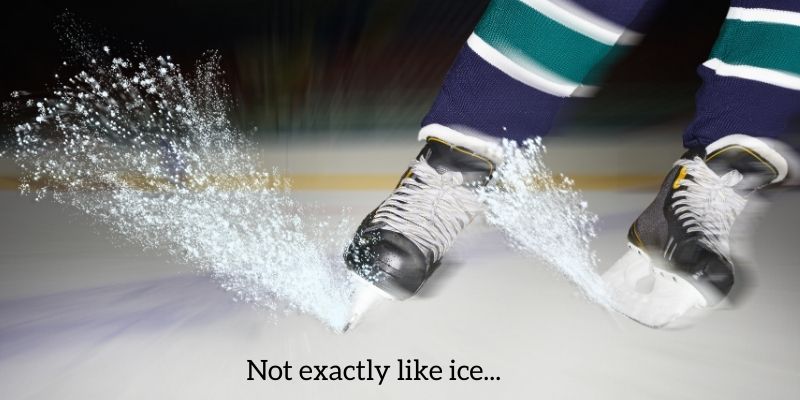
Hardness
The hardness criterion has 2 main impacts on your "plastic rink":
- The durability
- The natural feel - how close is it to ice?
A surface that is too soft (with cheaper resin for example) will feel like when the ice is too soft. You dig into it, and it adds friction and slows down the glide.
A surface that is too hard (not enough slip agent for example, or like older surfaces) will dull the blades very fast.
The perfect balance must be found.
Interlocking system
The main difference between an ice backyard rink and a synthetic ice backyard rink is that one is made of panels interlocking while the other is just one surface.
But you want that feel of continuity, otherwise it will create a horrible experience.
The interlocking system is absolutely ESSENTIAL. It must:
- be tight and seamless, so that the transition is not felt at all when gliding from one panel to another.
- be strong and not allow panel to get loose
Different systems are used by manufacturers: puzzle, dovetail, tongue and groove... All can be good if they have a good fit.
The tongue and groove system requires more work to install and will make it difficult to take it apart. Which also means on the positive side, that it really won't move or slide.
The puzzle and dovetail systems are easier to set up and tear apart. Thus, you need to regularly check that there has been no slip before skating.
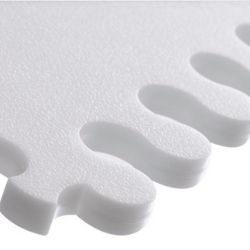
Skate Anytime Puzzle locking system
Thickness
A thick product will be more durable.
It can set up on flat surface without a subfloor and will not be bending over time.
Single vs Double-sided
A single-sided ice panel can have a special set up on the bottom part that makes it more stable and less sensitive to small ground variation.
A double-sided ice panel can be skated on both sides (if the bottom side has been protected) which doubles the life-span of your product.
Toxicity / Environment-friendliness
Another criteria you can look for is how environmentally friendly the materials are.
What is the level of toxicity (especially for the gliding agent)?
Does the manufacturing process use renewable energy?...
Service
What are their service conditions?
Do they help with the install? Can you easily get someone on the phone to give advice and explanations?
Warranty
Considering the investment, I recommend checking out the details of the warranty.
Is there a warranty on the tiles?
How long is it?
What are the conditions?
Storage / movement
Depending on what you want to do with them, check how easy they are to move or store when not in use.
Colors
What do you want on your rink? Do you need lines, or colors?
Some brands only have white tiles while other can provide colored one to create lines on the rink.
Price
And of course, there is the price and your budget.
I recommend less tiles but of good quality. And adding progressively.
What to check in reviews of synthetic ice online:
- gliding feel from skaters (to be taken with a grain of salt, since it depends on how people are taking care of the material),
- production of shavings - they will all make some, but are reviews reporting a lot,
- is anyone reporting change in color when exposed to sun, rain or snow,
- how responsive the company is to potential issues.
Below is my analysis of some of the top brands so that it is easier for you to compare.
Best synthetic ice tiles for hockey - Reviews - Lower price range
Skate Anytime synthetic ice tiles - Review
MY CHOICE
Brand - Skate Anytime
Best for - Kids to learn ice skating, young players practicing skills, pro players to practice stickhandling
Specifics:
- Packages - 8, 20 or more tiles - see all packages
- One-sided tiles - 15.25" x 30.75" (1,27ft x 2.56ft)
- Gliding - it has a slip agent inside the product, so no additional product is necessary (self-lubricating)
- And they have a special goalie package with rollerfly plates included - see details
- Interlocking system - puzzle
- Thickness - 3/8″
- Where can you set it up - on any hard, flat surface; inside or outside
- Assembly - easy to assemble and disassemble to change the location or shape of your rink.
- Warranty - 5 years
- Color - white only
- Endorsed by current and former NHL players
Pros
- The tile is thick enough - No special flooring required under it, just a flat hard surface
- Lightweight and easy to set up
- Good price for quality
- You can buy extra tiles, to make the surface as big as you want
- A 5-year warranty
Cons
- There are no colored tiles to create specific patterns on your rink - but this would only be useful if creating a large commercial rink
- One sided, does not double the life span
Specifics:
- One-sided tiles - 18" x 18" (1.5ft x 1.5ft)
- Gliding - product with slip agent so no additional product is necessary (self-lubricating)
- Interlocking system - puzzle
- Thickness - 7/16"
- Assembly - easy to assemble and disassemble to change the location or shape of your rink.
- Color - white only
- Warranty - 2 years
- Made in Canada
Specifics:
- Double-sided tiles - 2ft X 4ft (24" x 48")
- Gliding - product with slip agent so no additional product is necessary (self-lubricating)
- Interlocking system - puzzle
- Thickness - 5/16”
- Assembly - easy to assemble and disassemble to change the location or shape of your rink.
- Color - white only
- Made in the US
Specifics for the Pro-glide tiles (not the starter kit):
- Double-sided tiles - 46" X 92" (3.8ft x 7.7ft)
- Gliding - product with slip agent so no additional product is necessary (self-lubricating)
- Interlocking system - puzzle
- Thickness - 1/2″
- Assembly - easy to assemble and disassemble but heavy
- Color - white only
- 8-year warranty
- If the name rings a bell, it is because the product was presented on the Shark Tank TV show
Alternative 4 - In between low and high price ranges - Xtraice
Specifics:
- A little more expensive
- One-sided tiles - 38” x 38″ (3.17ft x3.17ft)
- Gliding - product with slip agent so no additional product is necessary (self-lubricating)
- Interlocking system - tongue and groove
- Thickness - 1/2″
- Assembly - slightly more difficult to assemble and disassemble. Each tile is 25lbs. Better for a fixed rink.
- Color - white only
- 6 year on lite version and 12 years on pro version
Best synthetic ice for pro practice - Higher price range
All the following brands are specialized in commercial synthetic ice rinks, but also offer home installations.
Prices are on quotes.
Can-Ice synthetic ice - Review
MY CHOICE
Brand - Skate Anytime
Best for - More intense training
Specifics:
- Double-sided tiles - 4’x5’ or 4’x10’
- Gliding - it has a slip agent inside the product, so no additional product is necessary (self-lubricating)
- Less shavings
- Interlocking system - puzzle
- Warranty - no indication
- Color - several colors to create an ice rink with lines
- Endorsed by Hockey Canada
The following alternatives are in no particular order.
I have tried gathering facts as much as possible to help you compare and make a decision.
Alternatives 1 - Glice Rink
- Reviews - i have not found many unfiltered reviews online
- Double-sided tiles
- Tile size - 77.4" x 38" (1965x965 mm - 6.4 ft x 3.2 ft)
- Gliding - it has a slip agent inside the product, so no additional product is necessary (self-lubricating)
- Interlocking system - tongue-and-groove
- Indoor and outdoor
- Thickness - 3/4 or 1/2
- Warranty - 6 or 12 years depending on the product
Alternatives 2 - Smart Rink
- Reviews - Not many unfiltered review available online, bu many people share their videos on the ice on their FB page which is a great sign
- Tiles - no written on specification page if single-sided or double-sided
- Tile size - 40.1" x 40.13 (1020mm x 1020mm) - for ProFast tiles
- Gliding - it has a slip agent inside the product, so no additional product is necessary (self-lubricating)
- Interlocking system - dovetail
- Indoor and outdoor
- Thickness - 5/16 for ProFast tiles
- Warranty - lifetime for home use
Alternatives 3 - Hockeyshot extreme glide synthetic ice
- Reviews - Not many unfiltered review available online
- Tiles - no info on single sided vs double sided
- Tile size - 4ft x 8ft or 4ft x 4ft
- Gliding - it has a slip agent inside the product, so no additional product is necessary (self-lubricating)
- Interlocking system - puzzle / dovetail
- Indoor and outdoor
- Thickness - Standard (3/8") or Thick (1/2")
- Warranty - 3 years
Alternatives 4 - Kwikrink
- Reviews - a few reviews on facebook
- Double-sided tiles
- Tile size - 4’ x 4’
- Gliding - it has a slip agent inside the product, so no additional product is necessary (self-lubricating)
- Interlocking system - tongue and groove
- Indoor and outdoor
- Thickness - 3/8″ (for home version)
- Warranty - up to 10 years depending on the choice of panels
How to set up and take care of your garage / backyard rink
The requirements to set up your synthetic ice rink
For most synthetic ice modern products, you need a flat, sturdy and hard surface to set up the tiles on: concrete, asphalt, and decks are great
However, the thinner one would be better on plywood or rubber (to fix any small flaw in the flooring).
It can be indoor or outdoor: in basements, parking areas, driveways, garage...
Always make sure to follow the instructions provided with your product for maximal use.
Do You Have to Resurface Synthetic Ice?
No Zamboni required
All products listed in this article are self-lubricating. Which means they will keep gliding without any intervention (except for cleaning).
It actually normally gets better as it is being used.
How to Clean Synthetic Ice
As always, the best is to follow the instructions on the use manual.
Generally, they don't require a lot of maintenance.
The most important is to clear the shavings that have formed. You can use:
- a broom
- a vacuum cleaner
- a wet mop
- a microfiber towel
Don't use cleaners, unless suggested by the company (e.g. the Skate Anytime special cleaner with glide enhancement)
How often should you clean the surface?
It depends on the amount of shavings created and the environment. Dirt comes from a variety of sources.
Outside: leaves and other natural elements can end up on the tiles.
Inside, dust can build up on it.
I think a quick vacuuming before any session is best, but it depends on how often you practice.
Once in a while you can also consider pressure washing.
Complete your rink for hockey training
Now that you have the ice, you can consider adding some training aids to practice your skills such as:
- Goal targets to practice accuracy when shooting
- Shooting tarps to practice accuracy and power when shooting
- Passers and rebounders to work on hand-eye coordination and reactive time
- Stick handling training tools to create muscle memory when controlling the puck
But even without synthetic ice, you can train at home. Check out my best-of off-ice hockey training equipment list.
And don't forget to hydrate as you train!
Complete your hockey equipment set!
Protective gear for hockey players:
- Best hockey helmets - read article
- Best hockey gloves for players - read article
- Best hockey mouthguard - read article
- Best hockey shin guards - read article
- Best hockey elbow pads - read article
- Best hockey shoulder pads - read article
Share it on your favorite social media!
